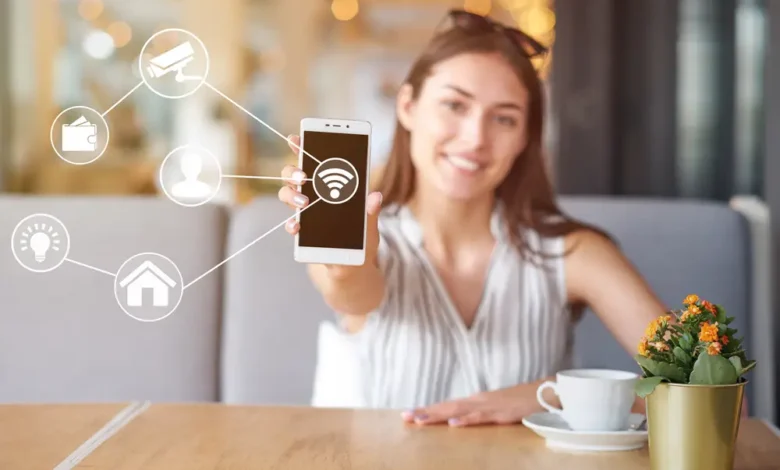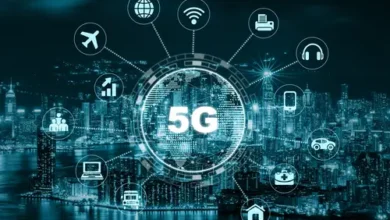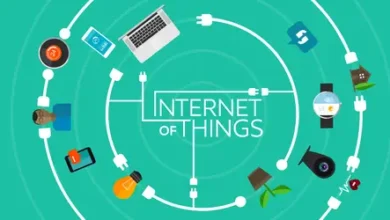The Rise of Smart Home Devices: Convenience at Your Fingertips

Remember waking up to a blaring alarm clock, stumbling out of bed to adjust the thermostat, and brewing coffee the old-fashioned way? Those quaint routines seem like relics of a bygone era now, thanks to the rise of smart home devices. Imagine stepping into a home that anticipates your needs. Well, that future is no longer the sole domain of science fiction. Welcome to the age of smart homes, where your house transforms into a responsive environment. These aren’t just fancy gadgets; they’re a network of interconnected devices working together to simplify your life a sort of digital butler.
Smart Home Devices
The cornerstone of most smart home systems is the ever-present smartphone. Through a dedicated app, you become the maestro of your mini-universe. Feeling a chill on those crisp mornings? With a tap, your smart thermostat adjusts the temperature before you even get out of bed. Imagine stepping into a toasty bathroom thanks to the pre-programmed morning routine. Speaking of routines, smart lights are another significant change. Program them to mimic a sunrise, then gradually brighten your room. This will ease you out of sleep or set them to dim automatically as the evening approaches. Feeling fancy? Synchronise your lights to change color based on the weather. Instead even match the mood you’re setting for a movie night. Think Tony Stark’s personalized lighting in his Malibu mansion, minus the ocean view (unless you’re lucky enough to have one).
But smart homes aren’t just about comfort; they can also enhance security. Smart locks allow you to ditch the traditional key fumbling and grant access remotely. Picture the convenience of letting a dog walker in while you’re stuck at work, or even creating a temporary code for guests. Plus, you can receive real-time alerts whenever someone unlocks the door, offering peace of mind, especially when you’re away Remember the movie Home Alone where a couple of villains break in in seconds? With smart locks, those scenes might need a rewrite and Kevin McCallister could easily spend Christmas holidays at home, alone, without his family worrying for him if his mum weren’t so panicking!
Security cameras are another big player in the changing environment of a smart home. These aren’t grainy, black, and white relics of the past, because many smart cameras now offer high-definition video, night vision, and even motion detection. Keep an eye on your furry friend while you’re away or check in on deliveries without having to peek out the window every five minutes. You can even set them to trigger smart lights to turn on when motion is detected, potentially deterring would be intruders once again a less elaborate Kevin McCallister’s booby traps in Home Alone, hopefully less messy as well!
Smart home devices extend beyond mere security and comfort. Smart speakers like virtual butlers can answer your questions, play your music, or even control other smart devices with your voice. You can bark orders at your home, just like Captain Picard commanding the starship Enterprise. Feeling hungry? Some smart refrigerators can even create grocery lists based on what’s running low and send them to a delivery app to avoid you rushing to the store because you forgot to buy milk!
Now, the question you might be asking is: how exactly do these smart devices work? The answer lies in a fascinating concept called the Internet of Things (IoT). It’s like having all your smart devices connected to a central hub, whispering information back and forth. This allows them to talk to each other and respond to your commands through your smartphone app. The magic behind this communication lies in a combination of Wi-Fi, Bluetooth, and sometimes even special protocols designed specifically for smart home devices.
So, are smart homes all sunshine and rainbows? While the convenience and security benefits are undeniable, there are a few things to consider. Security remains a concern, as these devices can be vulnerable to hacking. In this perspective, it’s crucial to choose devices with reputable brands and strong security features. Another consideration is privacy. Smart devices collect data on your habits and preferences. While this data is used to customise your experience, it’s essential to understand how this information is collected and used. Additionally, the convenience of these devices can sometimes lead to over-reliance. This makes us less inclined to even perform simple tasks ourselves.
Conclusion
Despite these concerns, the rise of smart home devices represents a significant leap towards a more connected and efficient future. This marks a significant shift in how we interact with our houses. They are introducing us to a future where our homes become not just places to live, but intelligent companions that cater to our needs. Of course, there are challenges to address, but smart homes offer the potential to make our lives more comfortable, secure, and bring a touch of sci-fi magic into our everyday life.





